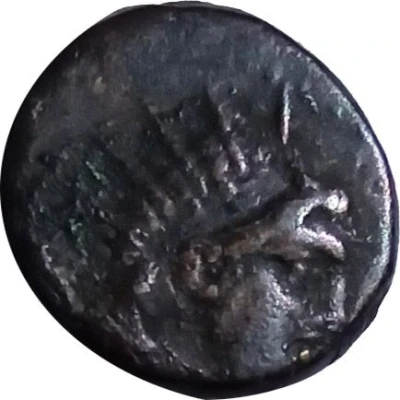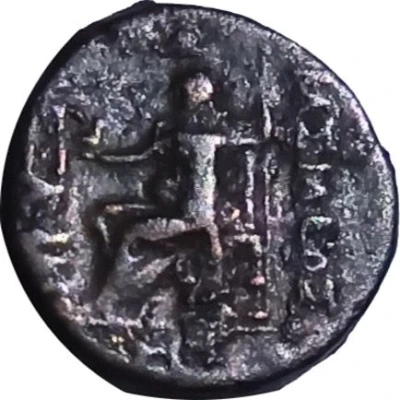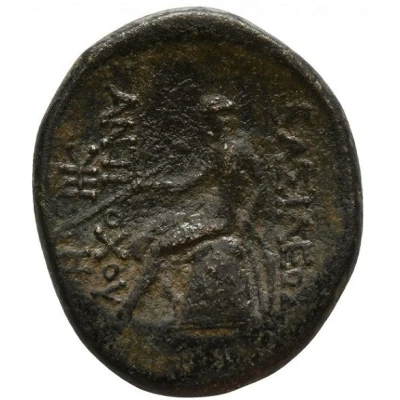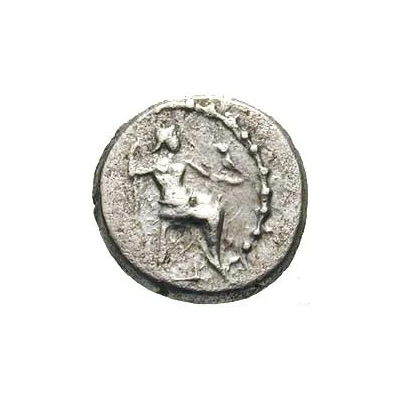
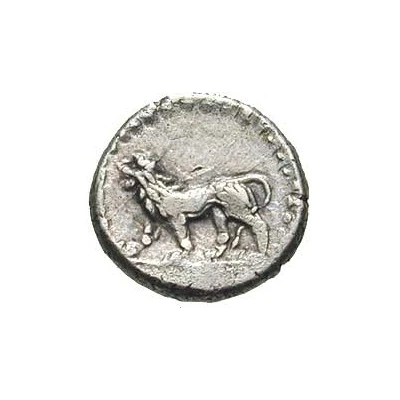

Obverse © simoneo80 – Reverse © wildwinds
Hemiobol - Babylon 312 BC - 280 BC
| Silver | 0.43 g | 8 mm |
| Issuer | Seleucid Empire (Seleucid Empire (305 BC - 64 BC)) |
|---|---|
| Type | Standard circulation coin |
| Years | 312 BC - 280 BC |
| Value | Hemiobol (1⁄12) |
| Currency | Drachm |
| Composition | Silver |
| Weight | 0.43 g |
| Diameter | 8 mm |
| Shape | Round (irregular) |
| Technique | Hammered |
| Demonetized | Yes |
| Updated | 2024-10-10 |
| Numista | N#71375 |
|---|---|
| Rarity index | 100% |
Reverse
Lion walking left
Comment
BMC Arabiapg.183, 12; Babelon Perses 303, Pl. VII, 8.
BMC 12
BMC 12.1
Interesting fact
One interesting fact about the Hemiobol coin from the Seleucid Empire is that it was used as a form of currency during a time of great cultural and economic exchange between the East and the West. The Seleucid Empire, which was founded by one of Alexander the Great's generals, stretched from modern-day Turkey to India, and the Hemiobol coin was used throughout this vast territory. The coin's design features a mythological creature, the Griffin, which was a symbol of protection and strength in ancient times. Despite its small size, the Hemiobol coin played a significant role in facilitating trade and commerce across the empire.
